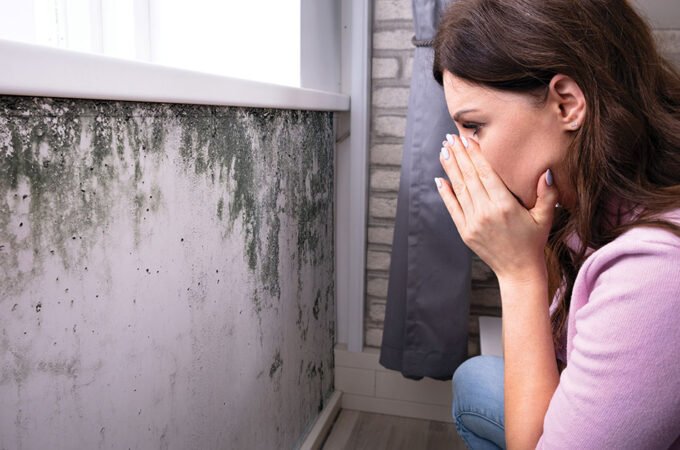
Using the Right Curtains Can Make a Great Difference
Natural lighting of a house is essential for the comfort of its inhabitants. It is true that some prefer them a little darker, but if you don’t allow enough light to enter internal spaces, your house could end up looking like a dark cave. White walls and wide and well-lit spaces are trendstoday.
What is the best way to regulate the entrance of light into a home? The answer is obvious: through the curtains. Depending on material, size, thickness and color, varies their ability to allow accessto natural light. These four important features shouldn’t be overlooked when you’re going to choose the perfect curtains. Personally, I prefer cafe curtainsbecause they allowentering enough light and don’t completely obstruct the window. However, your opinion may change, according to your requirements. Here are some useful tips.
Material
There are many materials with which curtains can be manufactured. Silk, satin, linen, cotton, wool, polyester and many more. Each material has a different reflectance index, which means that each one reflects sunlight to a greater or lesser degree. When fibers of fabric are denser, as with wool or linen, light can’t penetrate so easily. Something totally opposite happens with less dense fibers, such as silk or lace.
Size
Obviously, the size of a curtain affects the natural lighting of spaces. Small curtains, like cafe curtains, leave much of the window uncovered, allowing the entrance of light without interference. In contrast, long curtains that cover the entire window, allow the entrance of very little or no lighting.
Thickness
Thickness of material or fabric layers number in the same curtain also influence the entrance of light. For example, pinch pleat drapes made with a thick material, are highly recommended for bedrooms, when you are looking for comfort to sleep. In some cases, natural light can also interferewith everyday activities. For example, reflection of sunlight on flat TVs can interfere with vision, in these cases pinch pleat drapes made with several layers of fabric are also an excellent choice.
Color
When choosing the color of your curtains, you should remember: Lighter colors allow more lighting. Darker colors provide more shade. When decorating large spaces, such as living room, you should choose light colors. The closer the color to white in chromatic scale, the better. In case of rooms, where a little more shade is required, you can opt for darker colors, but not too much. In case of rooms that require total darkness, such as projection rooms or cinemas, black curtains are the option par excellence. Obviously, the use of such curtains is notfor decorative purposes, but practical.
As we’ve seen, lighting of spaces considerably affects comfort of a home. Does more light mean more comfort? Not necessarily. Comfort is achieved when required lighting is obtained at the required time. That can only be achieved with the appropriate curtains.






